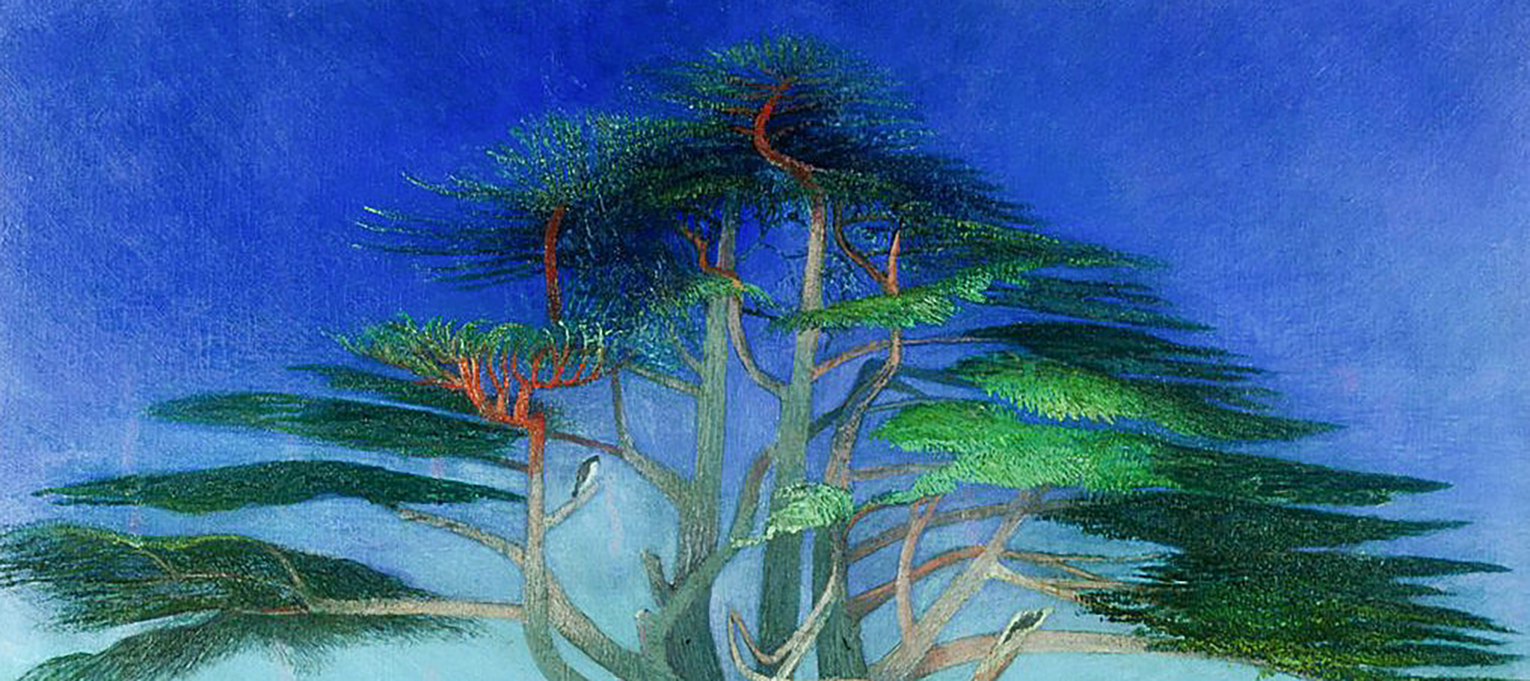
- Biography
- Portfolio of works
- Video archive
- Bibliography
Biography
One of the most atypical and extraordinary artists of his time, who is hard to be classified and did not fit into the usual narrative patterns of “life and creativity”. The artist, who during his lifetime had a reputation as a crazy man and took a posthumous oblivion, through the decades revived into a real pride of Hungarian art.
Children's and adolescent years of the artist passed in Transcarpathia. The family of a doctor and pharmacist Laszlo Kosztka, who came from the impoverished Polish gentry, settled in Serednie village. Tivadar and his three brothers studied at Uzhhorod Gymnasium. Subsequently, receiving the speciality of a pharmacist, the future artist went to Budapest. First he opened a pharmacy and spent 10 years achieving the financial independence, and only then he went to study in Munich and Paris.
He painted the world, ignoring the generally accepted artistic rules and saturating the work with his own ideas of world content. His artistic sovereignty was noticed in the first drawings and oil works of the 1880s. The landscape of a specific geographic place acquires in the canvases of the Csontváry of a timeless dimension, architectural motifs-as cities of eternal grace, images of saints as if they had come down from the pages of the Bible. Later they said about him: he decided to paint eternity.
In 1900, the artist took a pseudonym Csontváry. 1902 – 1909 – his triumph seven-year period. He received certain successes abroad and complete disregard at home. In Budapest, the artist was considered crazy for the strange behaviour and way of life. He worked tensely and continuously, gradually increased the size of the canvas. It appeared strange works –“Castellammare di Stabia”(100×120),1902, “Wailing Wall in Jerusalem” (205×293), 1904, “Great Tarpatak in the High-Tatras” (230×520), 1904 –1905, “The Ruins of the Greek Theatre in Taormina” (302×570), 1904 –1905, “Baalbek” (385×714), 1906 – in total about a hundred works for the years of painting asceticism.
The last his work is “Horse Ride by the Sea”, dated 1909, although Csontváry died in 1919.
By that time, his work had no value. They were taken out for sale as a canvas for phaetons. Fortunately, the pictures were seen by an architect Gideon Gerlotsi. He bought all the canvases, kept them and even lived to see the first posthumous exhibition of the artist in 1963. In the artistic pantheon Csontváry remained a distinctly lonely personality, yet bewitched by that majestic construction of light that he took in his soul and spilled sincerely on the canvases.
Portfolio of works
© CSONTVÁRY KOSZTKA TIVADAR





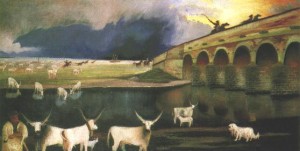


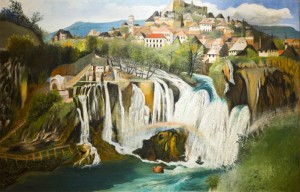


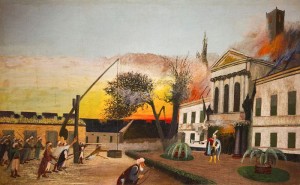
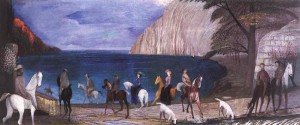
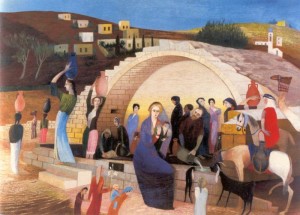
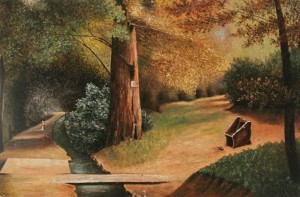
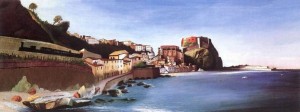
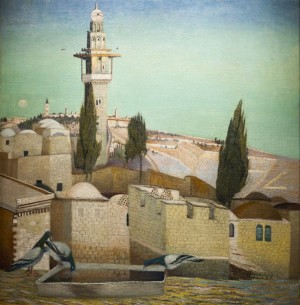
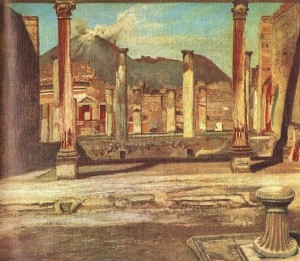


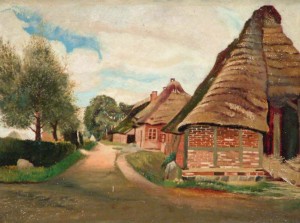
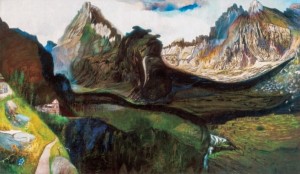

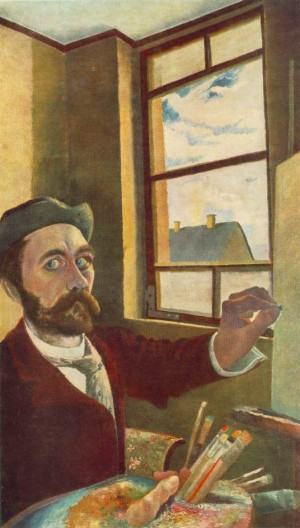
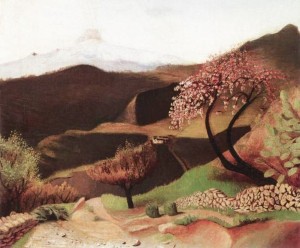
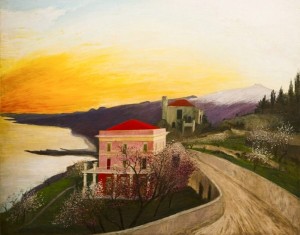
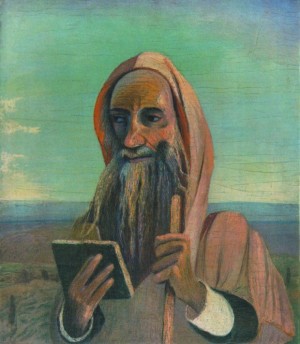


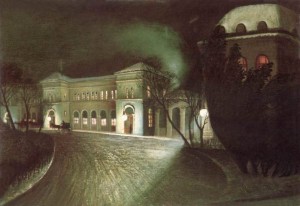

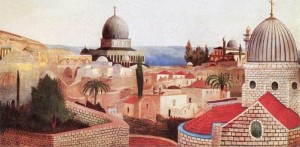

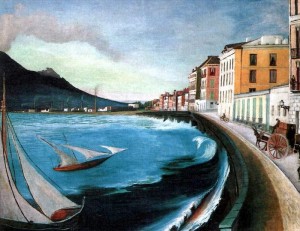
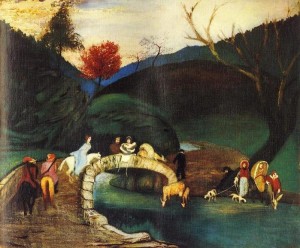
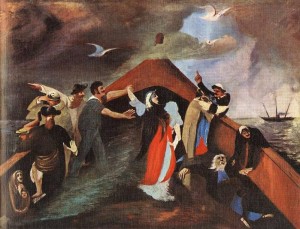
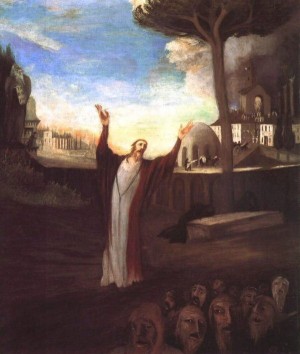
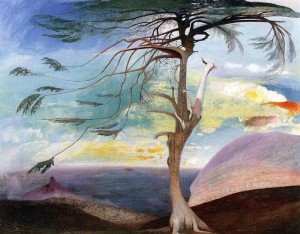
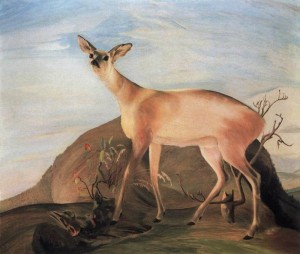


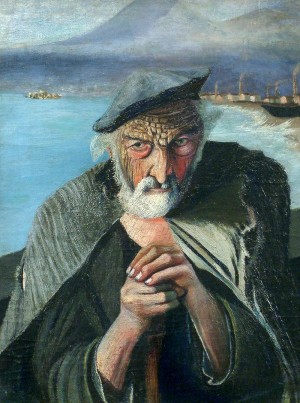

© CSONTVÁRY KOSZTKA TIVADAR
Matching content source: photos of the art works are taken from public sources (list)
Sorry, we did not find anything
Video archive
Bibliography
Статті в газетах і журналах
Попович О. Закарпатський Ван Гог – Тиводар Чонтварі (Костка), художник Сонячного Шляху // Ужгород. – 23 серпня. – С. 7.
(Життя і творчість митця)
Публікації в Інтернет-ЗМІ
Тиводар Костка Чонтварі // Закарпатська обласна універсальна наукова бібліотека ім. Ф. Потушняка. – http://www.biblioteka.uz.ua/calendar/?id=58
Закарпатський Ван-Гог Тиводар Чонтварі (Костка) – художник Сонячного Шляху // Zaholovok.com.ua. – 2012. – 15 серпня. – http://zaholovok.com.ua/zakarpatskii-van-gog-tivodar-chontvari-kostka-%E2%80%93-khudozhnik-sonyachnogo-shlyakhu
Федоришина Л. Тиводар Костка Чонтварі: Закарпатський художник-самоук, шизофреник чи шаман? // Karpatnews.in.ua. – 2013. – 6 липня. – http://karpatnews.in.ua/news/66709-tyvodar-kostka-chontvari-zakarpatskyi-khudozhnyk-samouk-shyzofrenyk-chy-shaman-foto.htm
Ільницький В. В Ужгороді відкрили міні-пам’ятник великому митцю // Day.kyiv.ua. – 2016. – 10 березня. – https://day.kyiv.ua/uk/news/100316-v-uzhgorodi-vidkryly-mini-pamyatnyk-velykomu-mytcyu
Matching content source of the published art works:
http://zaholovok.com.ua
http://karpatnews.in.ua
https://day.kyiv.ua
http://www.biblioteka.uz.ua
https://art.mirtesen.ru/blog
http://ua.korzonews.info
http://www.mukachevo.net
http://lazzyrit.livejournal.com
- Biography
- Portfolio of works
- Video archive
- Bibliography

